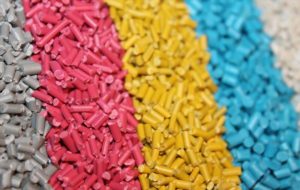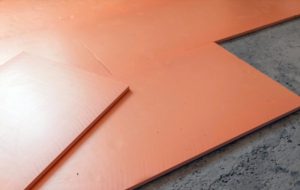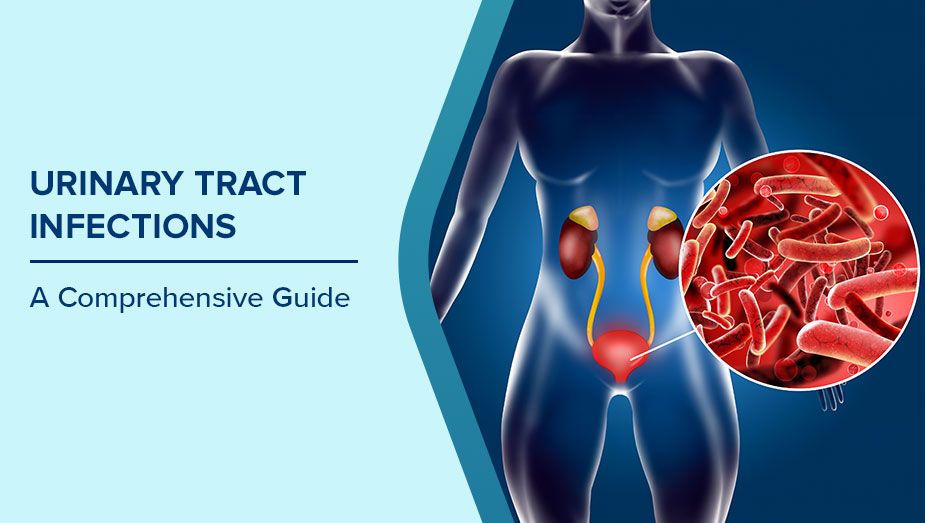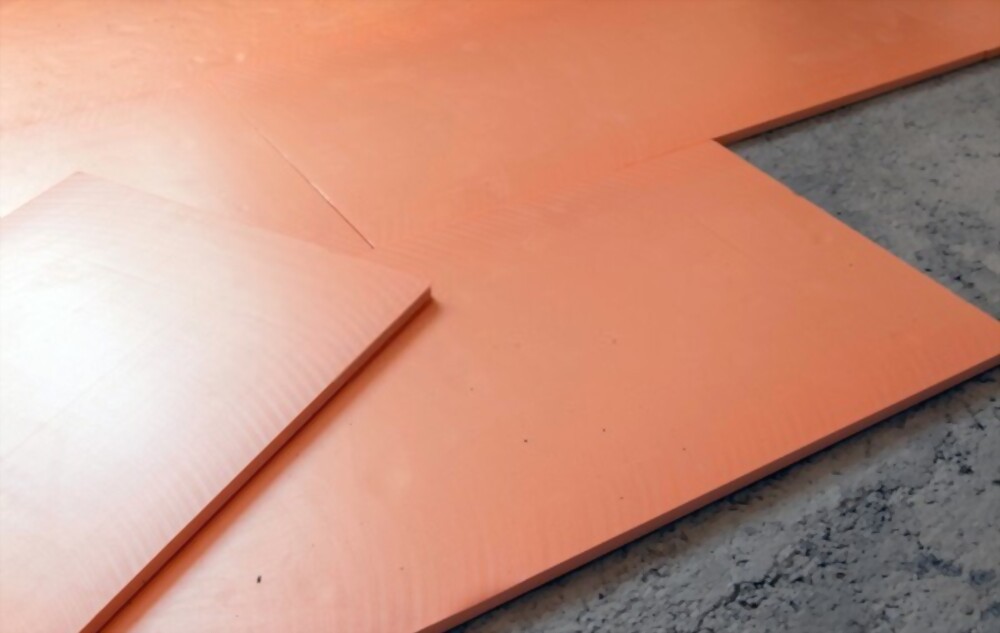It becomes very important to identify the best-suited thermoplastic as many versatile thermoplastics are available in the market. Nowadays, high impact polystyrene is very much in discussion, and many suppliers are switching to this thermoplastic. This switch was made because thermoplastic is simple to produce, inexpensive, and durable.
So, in this article, we will discuss the major properties of the HIPS and where you can use these thermoplastics.
High impact polystyrene – An overview
Polystyrene is a laboratory made chemical compound that is not readily available in nature. However, over the years, the product has been standardized by the manufacturers. This has changed the thermoplastic sector in ways that no other material can match in terms of toughness and processing ease. Furthermore, polystyrene has a high impact strength that gives the sheets good stability. However, these modified polystyrene sheets can only be used in lower heat applications.
Now, let us look at the physical properties with material grade options:
- Easy assembly – Adhesives, solvents, and mechanical fasteners such as nuts and bolts can be used to readily assemble the High Impact Polystyrene sheets. It is impact-resistant because to its great dimensional stability and hardness
- Printable substrate – This thermoplastic is a flexible substrate and offers a good printing surface.
- High tensile strength – according to the ASTM test, the thermoform passes the D638 which can withstand pressures of up to 3,500 psi.
- Thermal expansion coefficient – it has passed the D696 grade in the ASTM test.
- FDA compliance – the HIPS sheets are FDA compliant grades.
- Recyclability – Because HIPS is made primarily of organic chemicals, it can be recycled without losing any of its qualities.
- Easy fabrication – Because the thermoplastic contains more rubber, it can be used in essential production processes such as vacuum forming, induction moulding, heat moulding, and extrusion.
- The amorphous properties of the material makes painting and lithographic printing easier. As a result, compared to other thermoplastics, aesthetic designing may be done more comfortably on high-impact polystyrene sheets.
Now that we have established the salient features of polystyrene let us look at the prevalent applications of HIPS in the real world.
HIPS Applications
The most common applications for High Impact Polystyrene in the real world can be broadly classified into:
POP Display
Because of their shape flexibility, durability, and cost-effectiveness High Impact Polystyrene is a very simple material to work with. So, if you want to prepare items with long-lasting impressions on your consumers, you can select HIPS as it is a viable option for POP and product displays. High Impact Polystyrene also has a competitive advantage over its competitors due to the existing environmental regulations. As a result, you may easily recycle the compound without worrying about its negative impact on the environment.
Graphic Printing
The printing industry also benefits from the inclusion of this polymer. Many digital prints and lamination mounts use this substrate. Furthermore, this technique can be used to embellish interiors with long-lasting art, labels, and wallpapers. Due to its toughness coefficient and impact strength, the material can also be utilised for ads and signage. This also offers an additional cost-benefit since they are simple to manufacture.
Tooling and prototyping
Industrial tooling and prototyping have evolved over the years. But it is more vital for the players in the tooling industry to provide durable materials at a low cost. These aren’t the only requirements for the prototyping industry. This polymer can be used to make high-precision tools due to its high dimensional stability.
Conclusion
So, if you are looking out for a low-cost thermoplastic with high tensile strength that can be easily moulded into any shape, check for providers offering HIPS sheets.
Read More – SONG FASHION -“SET TO ROCK THE NATION”











